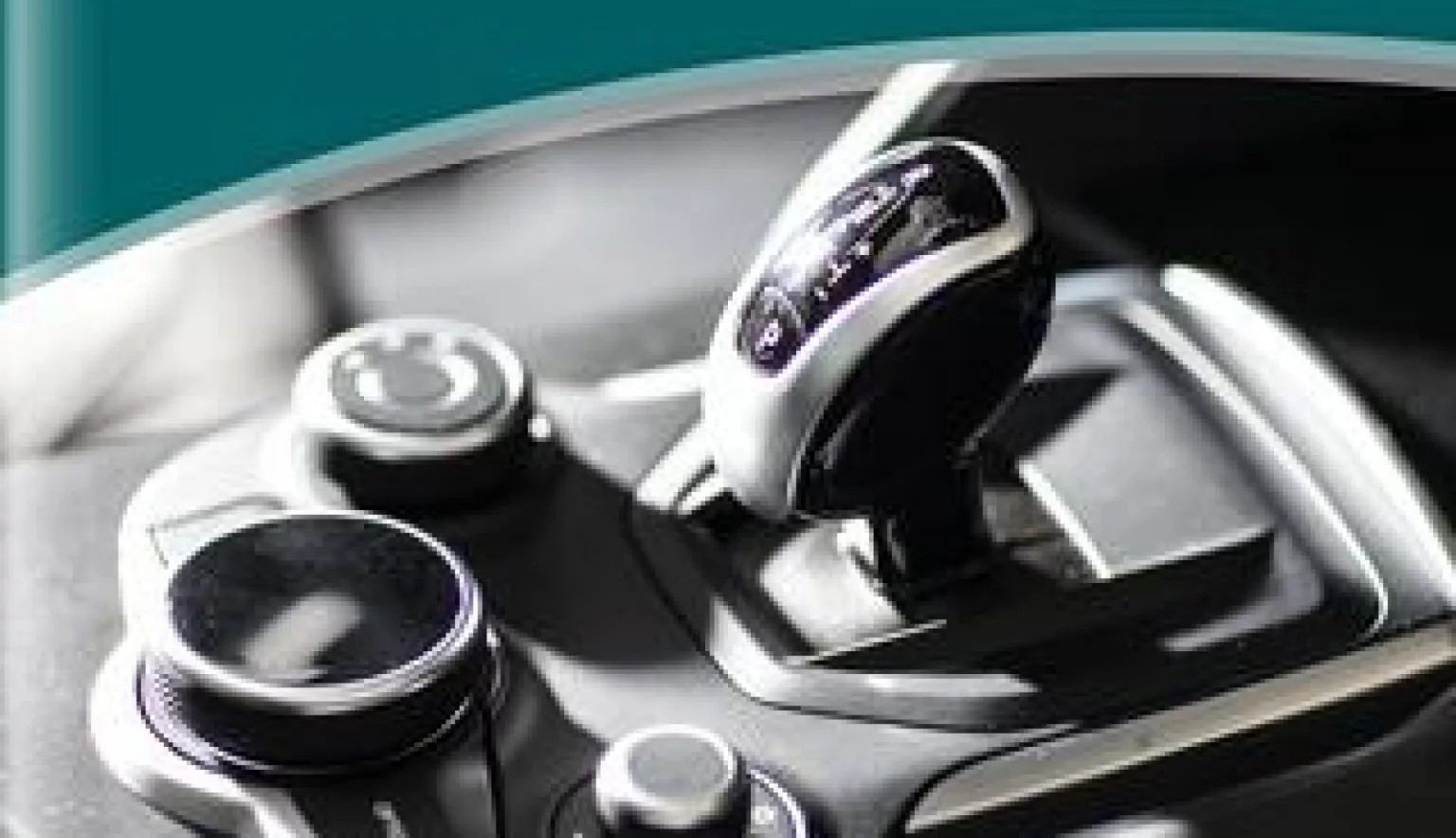Sila Group, with an established reputation to rival competitors across the globe, is developing innovative automotive shifting systems that make it an ideal business development partner globally.
GEARED FOR THE FUTURE
Sila Group has expanded significantly in both size and scope since its establishment in 1943, initially operating as a small, family owned, Italian metal components company in Turin.
With a gradual shift during the following 30-40 years, Sila moved from being a small metal component manufacturer to become a fully-fledged, Tier 1 automotive components manufacturer and a local Italian supplier for Fiat. In the early 80s, Sila became one of the first suppliers to develop and produce manual shifting systems that connected the gear shifter to the gearbox using push-pull cables, providing the automotive customers it worked alongside with some great advantages; including vehicle layout flexibility, vibration reduction and significant gear- change noise reduction. This technology changed and very quickly became the standard for most manual shifters.
“With thanks – in part – to that initial extensive development work with Fiat, during the 1990s Sila was able to focus on international expansion,” explains Chris Dixon, Sila Group’s Chief Executive Officer. “Sila had expanded to create manufacturing operations in Poland, France, Brazil, Turkey, Argentina and Morocco. By the beginning of the new millennium, Sila had grown to be a truly international automotive components supplier.”
During the following years Sila Group’s development continued to the point it has now reached in the present day, having expanded and then consolidated its footprint to seven separate manufacturing operations in six countries and three global regions. With its headquarters and technology centre still based on the outskirts of Turin, Sila Group has wholly owned manufacturing operations in Italy (two), Poland, China, Brazil, Argentina, plus a majority owned joint venture in India.
Today, Sila remains privately owned by the same Brero /Pavesio families who started the business 75 years ago. Shareholders are part of the top management team and Edoardo Pavesio is the President of the Sila Group.
Dixon continues: “While a significant proportion of Sila’s global business is still supplied to the wider FCA Group including Fiat, Jeep, Alfa Romeo and Sevel, in recent years we have significantly grown our sales and widened our customer portfolio to include many important vehicle programmes with Mercedes Benz, BMW, Mini, Toyota, General Motors, Maruti, Suzuki, PSA, Geely, Great Wall, Iveco, Volvo Truck, and many more.”
ADAPTING TECHNOLOGY
With such a longstanding history, the Company has remained true to its vision throughout and works tirelessly to be recognised as the customers’ preferred automotive gear shifting supplier.
“The vast majority of our work is not simply taking the customers’ design and manufacturing the final component or assembly. In many cases, we co-design alongside the customer and bring both well-established and innovative solutions to their attention,” affirms Dixon. “This means that we are able to take the detailed performance requirements of each customer, and translate this into a detailed shifting system solution that will both guarantee shifter performance and offer a cost effective solution.”
“Leading on from the importance of co-design, it is very important to be able to offer the customer innovative new solutions to meet the rapidly changing market needs,” explains Pavesio. “We are clear that future growth will not be achieved simply by doing more of the same, which is where our innovative spirit as a company comes into its own; for such reasons in the past few years we created a specific team fully dedicated to innovation.”
The industry itself and automotive shifting product requirements are both changing much faster than in the past and Sila therefore needs to operate in a more innovative manner to facilitate these advancements. Sila is now strongly focused on the design and introduction of new high-performance technology with a range of electronic, by-wire, shifter products as well as many value-added features for current manual and automatic shifters.
“The market trends which will impact Sila are pretty clear and include autonomous driving, cockpit space optimisation and ergonomics, a gradual shift from manual to electronic shifters, more ambitious aesthetic designs, etc. It is therefore essential that we continue our development of, and focus upon the introduction of electronic shifters which now fit well into our product portfolio.”
STRENGTH IN PARTNERSHIPS
These changes in market requirements mean that Sila and its partners have also had to adapt rapidly, including an extension of manufacturing and technology skills – moving from mechanical excellence, through mechatronics to electronics, software and hardware development. The way Sila does business and the way it produces and designs its product has also had to evolve. While Sila is nurturing many of these new skills in-house within the Group globally, it has also recently partnered with external technology and design experts to accelerate its response to these market changes.
“We have drawn up these partnerships with companies including The Institute of European Design (IED) and Politecnico di Torino amongst others,” adds Pavesio. “Utilising one of these partnerships, Sila was present at the recent 2018 Geneva Motor Show as part of a joint project with IED. In Geneva, we were able to showcase our innovative shifter ideas with a functioning and novel design prototype shifter, as part of an off-road concept vehicle (Kite) which was designed by IED on behalf of Hyundai.”
In parallel, Sila’s new products and designs are also directed towards the needs of younger drivers globally who have been brought up in the computer and computer games age and who may have less need for direct vehicle ownership. Sila’s new products are also therefore directed at this group including safety and security features that can be advantageous for car sharing.
“In the past couple of years, we have had to shift our design and product engineering focus towards these new trends, recruit and develop new people & skills, and ensure our people are knowledgeable in these areas moving forward,” explains Dixon. “We have an excellent core team around us locally, as well as globally; however, we have had to ensure we source the right people to meet the changing industry needs. Although we may be smaller than some of our global competitors, we have the advantage of flexibility in the face of the rapid changes we are witnessing in the market today.”
WORLD-CLASS PRODUCTS
When it comes to competitive advantages within the industry, Sila’s global footprint, history and strong customer base continues to make it a force to be reckoned with.
Dixon continues: “Our customers know that they are going to receive world-class products and that is a defining factor for us. We are also increasing our focus on innovation within these products. We recognise the importance of maintaining our strong competitive position to stay ahead of the industry in terms of growth.”
Sila can demonstrate an example of a recent success from this approach with the award of new business from VW Group which will go into production at the beginning of 2020. Sila is also working closely on potential additional programmes with the same customer.
Dixon and Pavesio conclude: “In order to ensure that we are properly equipped to handle these new opportunities and the modern market demands, we must also look closely at maintaining and strengthening the core foundations of the business. To that end, Sila is introducing new ERP and financial consolidation software and hardware, initially in Europe in 2018 to be followed by a global roll-out in the future. In 2018 Sila will become one of the first automotive Tier 1 suppliers to introduce the new Microsoft Dynamics 365 ERP system, running completely on cloud. While this is a major step for Sila, we are confident that this will increase operational efficiency and effectiveness throughout our business.
“Over the next three-five years, we confidently look forward to seeing the fruits of today’s efforts and of the work that we are doing today regarding innovation. While we expect our historical product base will continue to go from strength to strength, these new technological advancements are becoming firmly ingrained in the Sila DNA and will become a core element of Sila’s global business in the 2020s.”



































